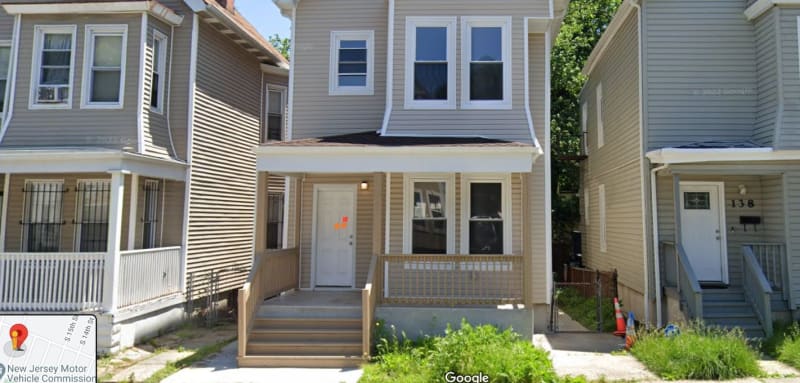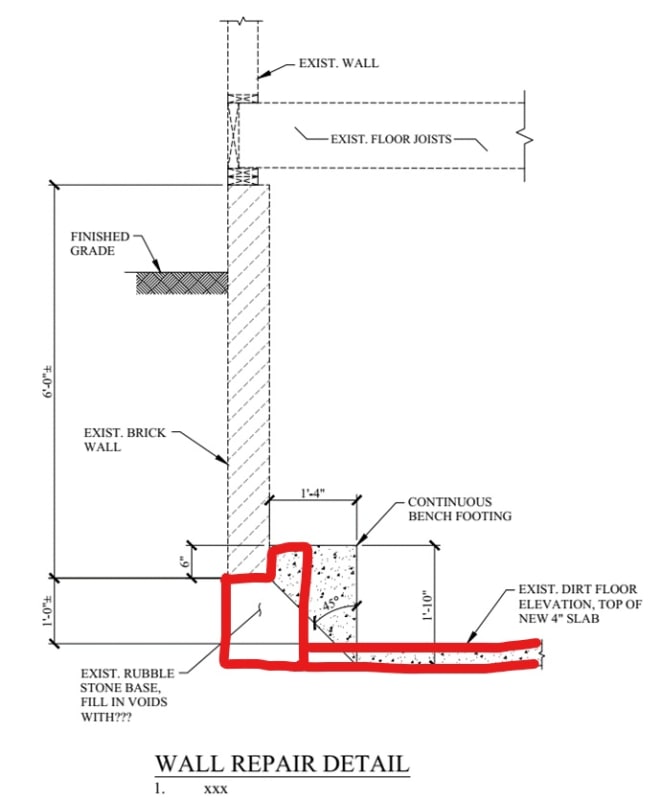jerseyshore
Structural
Cheap house flipper lowers the floor of a 1910 basement to gain 7' clear and sell it as a full basement. Old brick walls, no footings, just a rubble base.
They cut out the floor slab and dropped it down about 12"-14" then sheetrocked the whole thing to hide it. Never put a slab back in, just put heavy vinyl flooring right on the dirt.
IMO underpinning is too risky even in small stages, there no existing footing and basically no dirt left around the base of the wall, just "load-bearing" 2x3's.
So that leaves a new proper bench footing. Any thoughts on a good procedure to not compromise this thing any further during construction?
Normally I slope the bottom of a bench footing, but this is cut straight down already so do I have them backfill with something or just pour a whole mess of concrete under there? You can see in the last picture the cavity that exists under some portions of the wall.
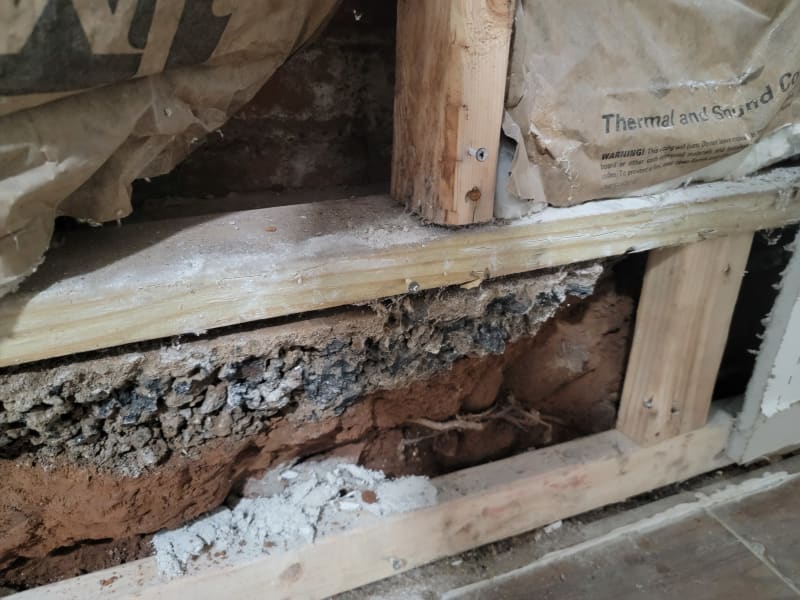
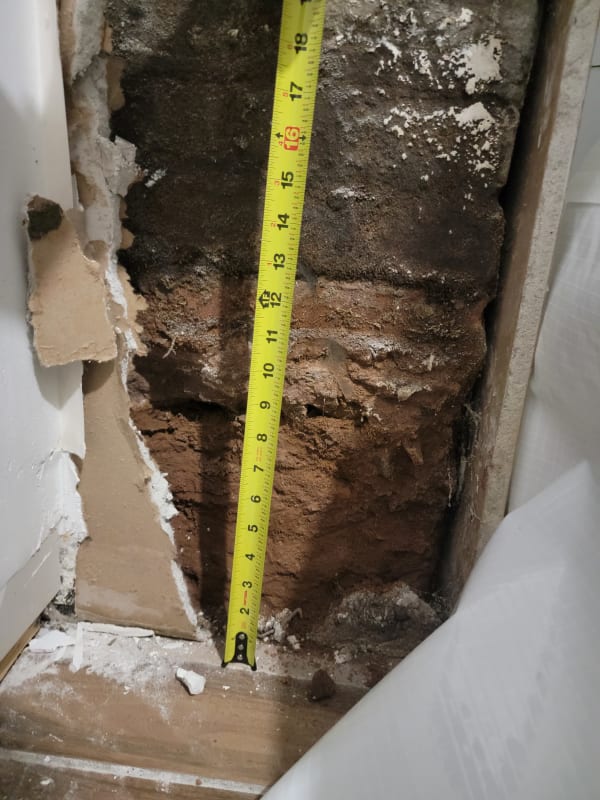
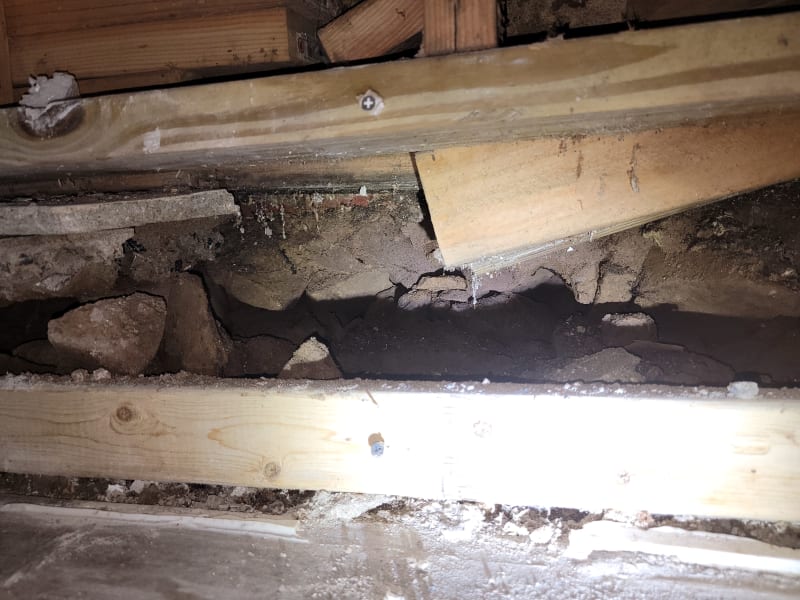
They cut out the floor slab and dropped it down about 12"-14" then sheetrocked the whole thing to hide it. Never put a slab back in, just put heavy vinyl flooring right on the dirt.
IMO underpinning is too risky even in small stages, there no existing footing and basically no dirt left around the base of the wall, just "load-bearing" 2x3's.
So that leaves a new proper bench footing. Any thoughts on a good procedure to not compromise this thing any further during construction?
Normally I slope the bottom of a bench footing, but this is cut straight down already so do I have them backfill with something or just pour a whole mess of concrete under there? You can see in the last picture the cavity that exists under some portions of the wall.




